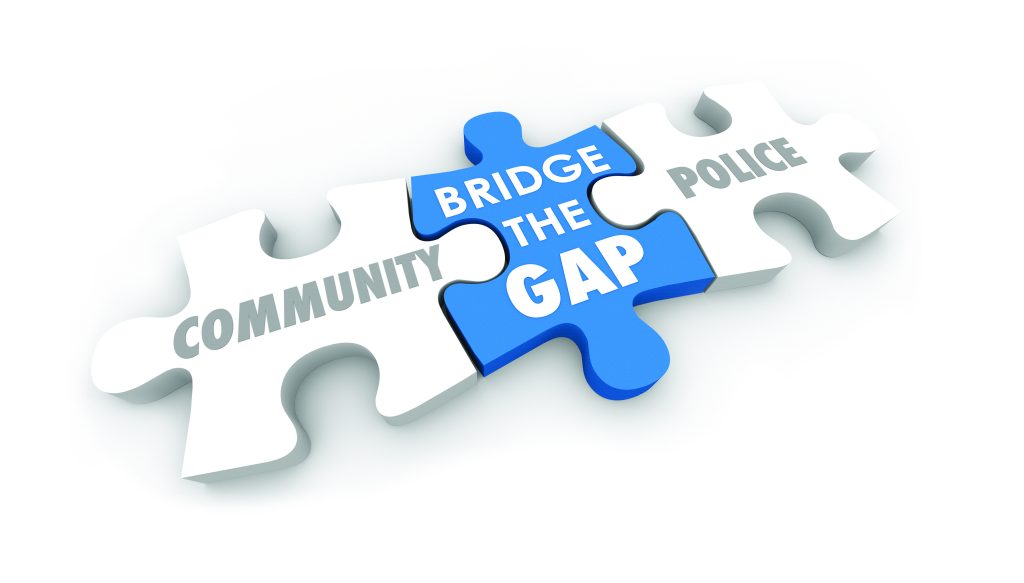
News
Collaborating with partners to create safe communities in Peel Region
August 16, 2024 By Peel Regional Police
 Photo credit: © iQoncept / Adobe Stock
Photo credit: © iQoncept / Adobe Stock When it comes to creating safe communities, no one is an island.
It is not the sole responsibility of the police, the government, or any social service agency.
Instead, real solutions require a multi-sector, upstream approach that promotes collaboration and innovative solutions to address the root causes of the challenges faced by communities, large and small.
In Ontario, the provincial government requires every municipality to have a Community Safety and Well-Being (CSWB) plan that brings law enforcement to the table with the municipality, public health, social services and any other service providers in the community to address the root causes of issues that threaten community safety and well-being.
Peel Regional Police (PRP) Deputy Chief Mark Dapat leads the Community Safety and Well-Being Command. “It’s not just in relation to law enforcement and coming into interaction with police. It’s more holistic than that,” he says of the plan. “It’s identifying those social determinants of health that really dictate the overall safety and well-being of an individual, or a family, or a community.”
Approximately 80 per cent of the calls PRP receives are not actually criminal in nature, so as part of the CSWB plan, working in conjunction with community partners, PRP has developed alternate response models that reduce police involvement and connect individuals with the right community services.
“We’re trying to implement a lot of upstream intervention and prevention measures,” Dapat says. “We’re partnering with groups other than police and taking proactive steps to be progressive, innovative and inclusive.”
In the Region of Peel, the leadership table for the CSWB plan is co-chaired by PRP Chief Nishan Duraiappah and Nancy Polsinelli, the Region of Peel’s commissioner of health.
Polsinelli says it is essential that stakeholders look for upstream solutions that address the root causes of societal safety issues. For example, ensuring there are healthy and positive activities to keep youth engaged and out of gangs.
“The people in the business understand the value of looking upstream and downstream and knowing that we need to look at all of that in order to actually make a sustainable difference across our community,” she says, noting that sometimes the citizens are only focused on incident response.
“It’s about identifying those social determinants of health that really dictate the overall safety and well-being of an individual, or a family, or a community.”
Some in “the community, I believe, would say that if there is guns and gang violence, for example, everything should be incident response. Everything is downstream. They may not understand the connection between us needing to do work upstream to alleviate some of the pressure downstream.”
Continuing doing that upstream work is the objective of the second annual Safety of our Cities Conference being held Sep. 16 to 18, 2024, in Mississauga, Ont. Hosted by PRP, the three-day conference will bring law enforcement agencies together with stakeholders from across North America. It is unique because it is a police-led event promoting a multi-sector approach to community safety and well-being. Instead of focusing solely on responding to crime, this conference will bring experts together from public health, social services, non-profit organizations and corporations to discuss the upstream solutions to community safety.
The first Safety of Our Cities conference was hosted by the Edmonton Police Service and its police foundation in 2023. Attended by delegates from across Canada and the United States, the conference focused on creating safe spaces, improving individual and community well-being, and promoting effective organizations. A summary report and recommendations can be found here.
Endorsed by the Major Cities Chiefs’ Association and the Ontario Association of Chiefs of Police, the 2024 conference is focused on creating progressive, innovative and inclusive approaches to strengthening the safety our cities and communities.
Some of the items on the agenda are discussions about upstream solutions to addressing hate crimes, bail reform, the role of police in society today and in the future, homelessness, violence in our community, mental health and addiction.
These are fundamentally important conversations because it takes that collective intelligence to really drive solutions, says Polsinelli. “And part of that collective intelligence is having health, social services, emergency response and funders around the table … because people need to understand that they are not alone on the island.”
For more information on the 2024 conference agenda and registration, please visit www.safetycitiesconference.ca.
Print this page
- B.C. police watchdog says officer in Gastown shooting may have committed offence
- Is searching for motive as an incident to arrest within the scope?